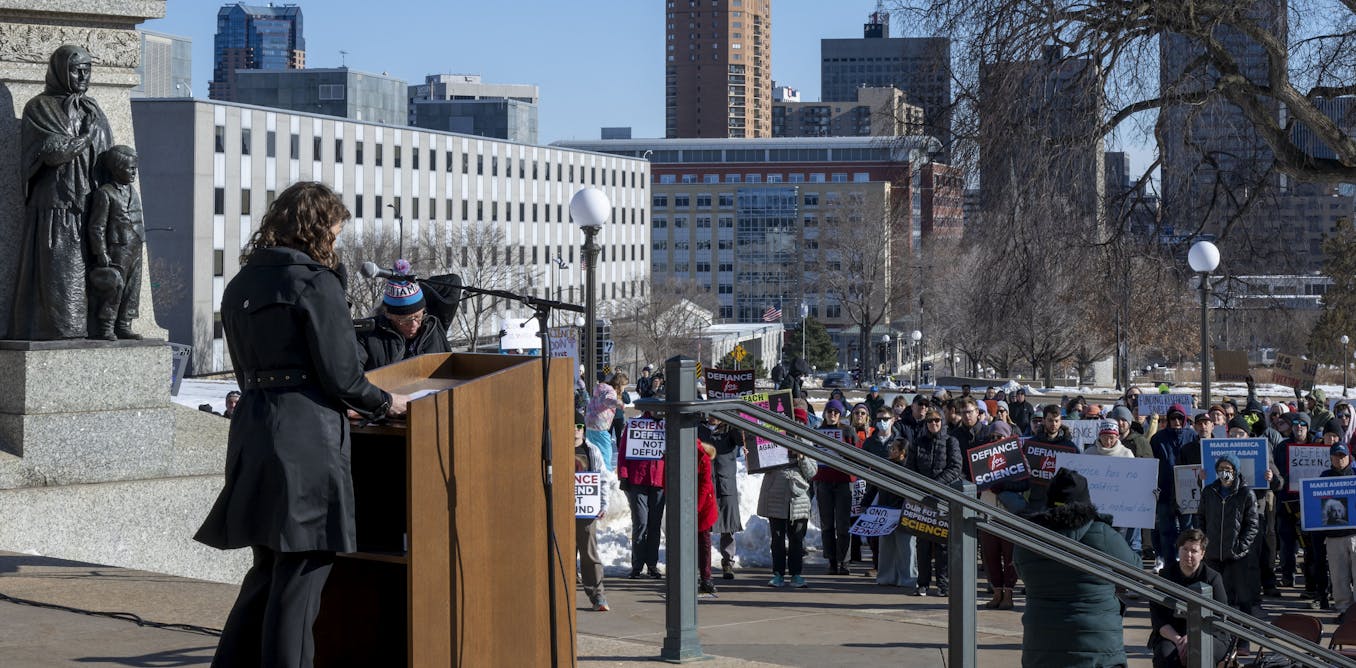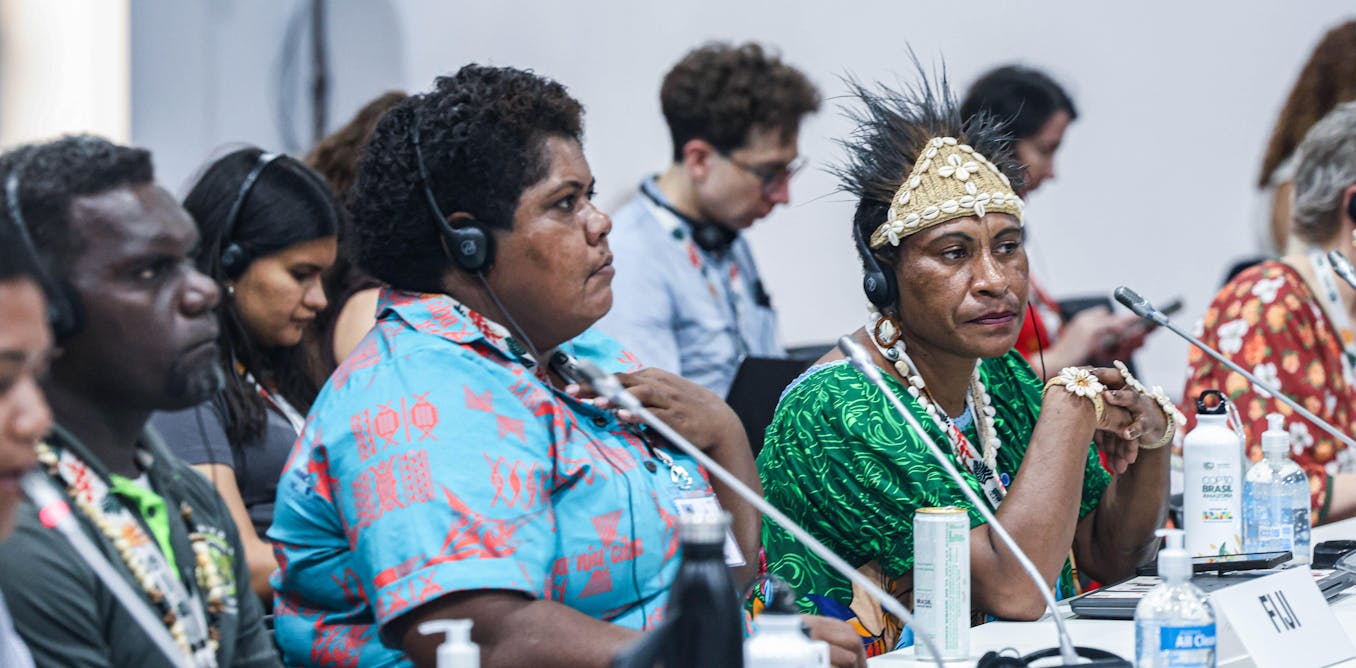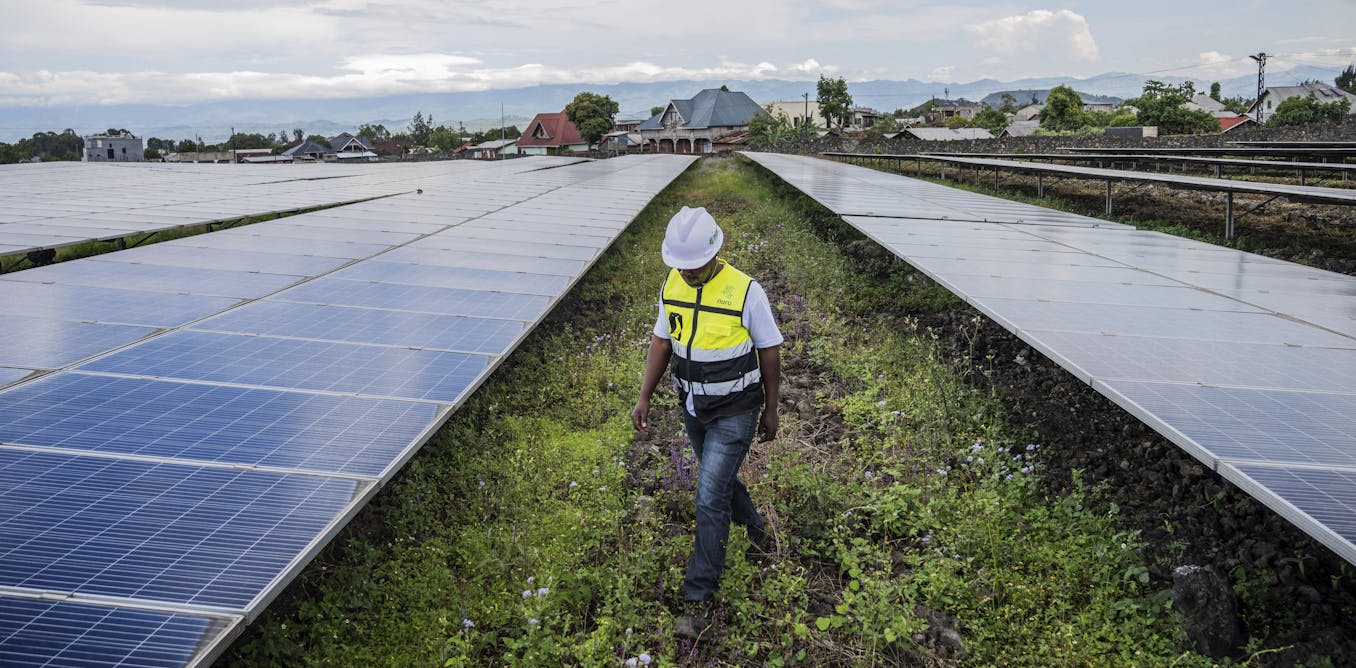Al Qaeda’s Aggressive Maneuvering: The Siege of Bamako
In a chilling reminder of the enduring impact of global terrorism, Al Qaeda’s branch in West Africa, known as JNIM (Jamaauat Nasr al-Islam wal Muslimin), has intensified its campaign against the Malian government. The capital city of Bamako is currently facing a brutal siege, as JNIM disrupts the flow of essential resources, leaving residents in a state of desperation and chaos.
Nearly 24 years after the harrowing events of 9/11, the Sahel region has become a focal point for extremist violence and instability. The ramifications of this insurgency extend far beyond Mali’s borders, posing significant threats to regional and international security.
Al Qaeda’s Influence in Africa
Al Qaeda’s influence has grown steadily across Africa, with the Sahel emerging as a particularly volatile hotspot. This area, encompassing parts of Mali, Niger, and Burkina Faso, has been plagued by conflict, as various extremist groups exploit existing grievances to gain footholds in vulnerable communities. The rise of JNIM indicates a sophisticated and coordinated effort to expand Al Qaeda’s reach, leveraging local discontent and instability to gain legitimacy.
As Bamako stands at the forefront of this turmoil, residents are grappling with dire shortages of food and fuel – a calculated tactic by JNIM aimed at undermining the Malian government’s authority. This siege brings to light the sharp challenges faced by the government in maintaining control and providing for its citizens, illuminating the wider implications for governance and security in the region.
The Siege of Bamako
With an increasing lack of access to resources, life in Bamako is rapidly deteriorating. As panic sets in, the city’s residents are forced to scramble for basic essentials, creating a humanitarian crisis that compounds the existing instability. The U.S. embassy’s decision to evacuate personnel underscores the severity of the situation and signifies a broader concern about the potential for escalating violence.
Looking toward the future, analysts are asking: What does JNIM ultimately want with Mali? A likely goal is to destabilize the government sufficiently to establish control, creating a base for Al Qaeda operations in the region. The strategic significance of Mali, both geographically and politically, cannot be understated; control over this territory would allow for expanded influence across West Africa, further entrenching extremist ideologies.
What’s Next for Mali?
As Mali grapples with this existential threat, the international community remains on high alert. While military interventions have had mixed results in the past, a comprehensive approach that includes stabilizing governance, addressing social grievances, and promoting economic development may be crucial to countering the rise of JNIM and other extremist groups.
The situation in Mali is a stark reminder of the enduring complexities of global terrorism and the need for a concerted global effort to address its roots and manifestations. With its capital under siege, Mali may be at a pivotal moment that could reshape the geopolitical landscape in West Africa and beyond.
In this rapidly evolving crisis, the world watches closely as the stakes continue to rise.
Watch the video by The Wall Street Journal
Video “How al Qaeda Stands on the Brink of Toppling This Government | WSJ” was uploaded on 11/18/2025 to Youtube Channel The Wall Street Journal





































Peace to everyone.😇
😳🧐🚷☠️🚁🚡
AK-47 the most effective way to overthrow third world country. Who is the supplier? Iran, China, Russia, etc.
Everyone in West Africa can see this coming, unfortunately Military coup make it hard to find a solution
The continent of Africa has no major navigable rivers, the continent is extremely large so interior areas are effectively landlocked from ocean for hundreds or thousands of miles.
No cold weather as well to make agriculture easier.
No dominant language so will be fractured forever.
Artificial borders forcing people who will never get along to somehow get along.
The continent is simply extremely poor land quality in every way.